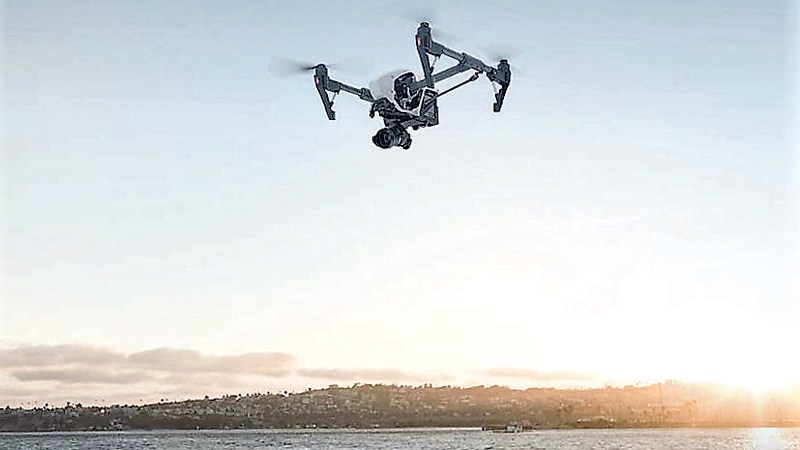

Scientists in the Sultanate have secured funding from the Omani authorities to study the potential deployment of drones on the frontlines of the country’s battle against the threat of oil spills that menace coastal installations, as well as its pristine shores.
Every year, an estimated 5,000 maritime vessels traverse shipping lanes abutting the Sultanate en route to the Arabian Gulf via the Strait of Hormuz – the narrow channel separate Oman’s Musandam peninsula from Iran. Tanker traffic through the Strait accounts for more than 20 per cent of the world’s supply of petroleum products.
A potential spill, combined with the ongoing scourge posed by illegal discharge of oil-tainted bilge water from passing ships, will have disastrous consequences for water desalination plants, tourist resorts, local fisheries and sensitive ecological areas located along the coast, experts have warned.
With funding support from The Research Council (TRC), a team of scientists is now weighing the feasibility of using drone technology to pinpoint, map out and even clean up oil spills before they wash up on Oman’s shores.
“We are trying to adopt a smart autonomous system for detecting contaminations in seawater using cooperative unmanned vehicle systems,” said Dr Ashraf Saleem, a researcher at the Embedded and Interconnected Vision Systems (EIVS) Lab at the Electrical and Computer Engineering Department of Sultan Qaboos University (SQU).
Presenting on the scope of the project at TRC’s forum earlier this week, Dr Saleem said the three-year-long initiative is also support by the Smart City Platform of TRC, as well as His Majesty’s Trust Fund.
The project, if proven successful, will provide a speedy, cost-competitive and effective alternative to the methodology currently in place for tackling suspected oil spills. That methodology goes into effect when satellites send an alert to a central control room in the Sultanate warning of a potential oil spill in Oman’s waters. At the request of the Ministry of Environment and Climate Affairs (MECA), a reconnaissance aircraft is despatched by the Royal Air Force of Oman (RAFO) to the area to validate the finding and to assess the magnitude of the spill. Once determined to be an oil spill, MECA along with the Royal Navy of Oman deploys its pollution control machinery to the site and undertakes the clean-up.
Given the involvement of multiple agencies and expensive pieces of hardware in this approach, the SQU team has proposed the use of drone-based smart solutions that promise to deliver similar results at minimal cost and in quick time.
When a satellite alert is received, MECA can deploy smart drones to the location, said Dr Saleem. An array of cameras on board will take pictures of the spill while on0board software will analyse the spill to determine if it is hydrocarbon-related or some other less hazardous liquid. If a determination is made that the spill is indeed oil-related, then the drone will alert a suitably designed Unmanned Vehicle System, which will proceed to the location of the spill, collect samples and start with the clean-up. All of its findings will be communicated back to MECA for follow-up action, including the pursuit of legal action against the party suspected to be behind the spill, he explained.
The study, the researcher said, is initially focused off the Musandam peninsula where the threat from maritime oil spills is the highest. Based upon the project’s overall efficacy, similar drone-based anti-pollution systems can be planned for deployment all along the Sultanate’s coastline, he added.
Oman Observer is now on the WhatsApp channel. Click here



